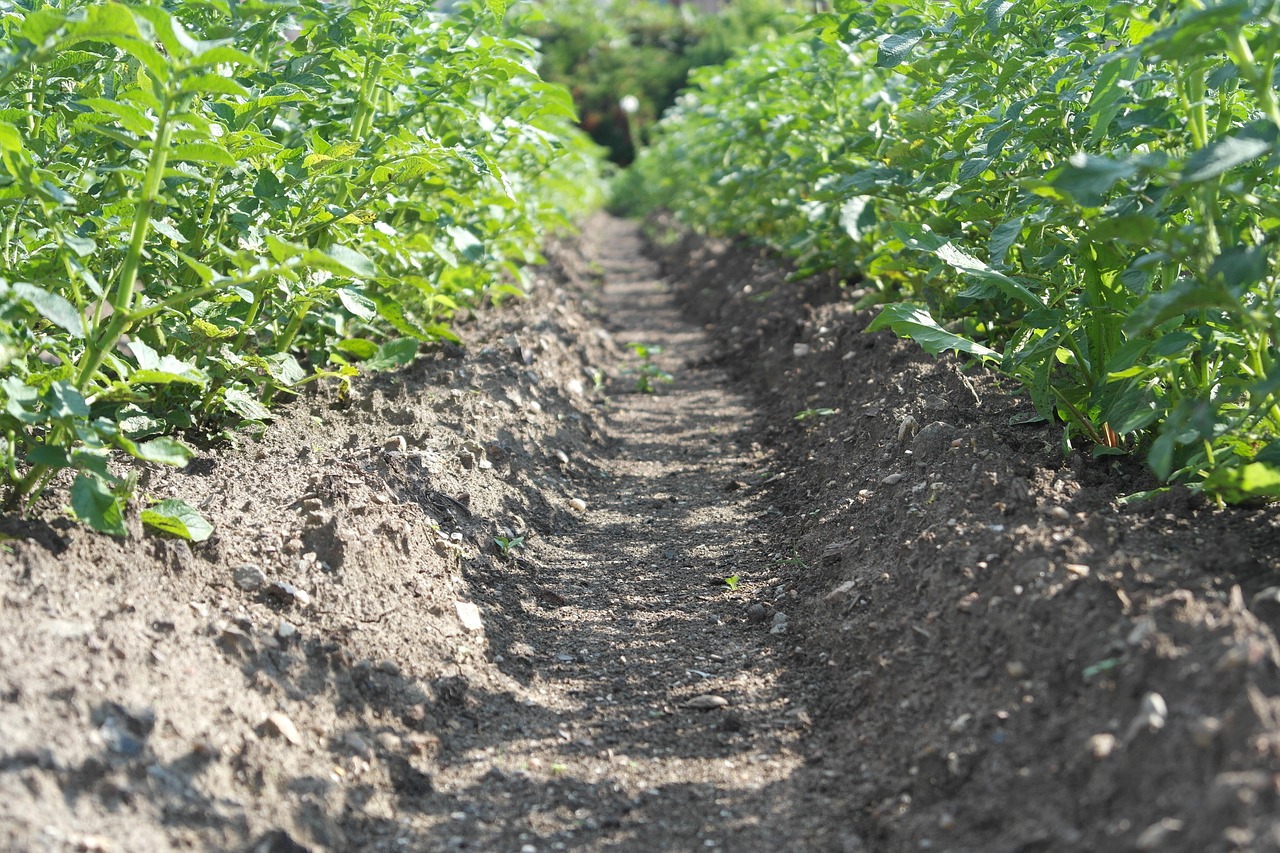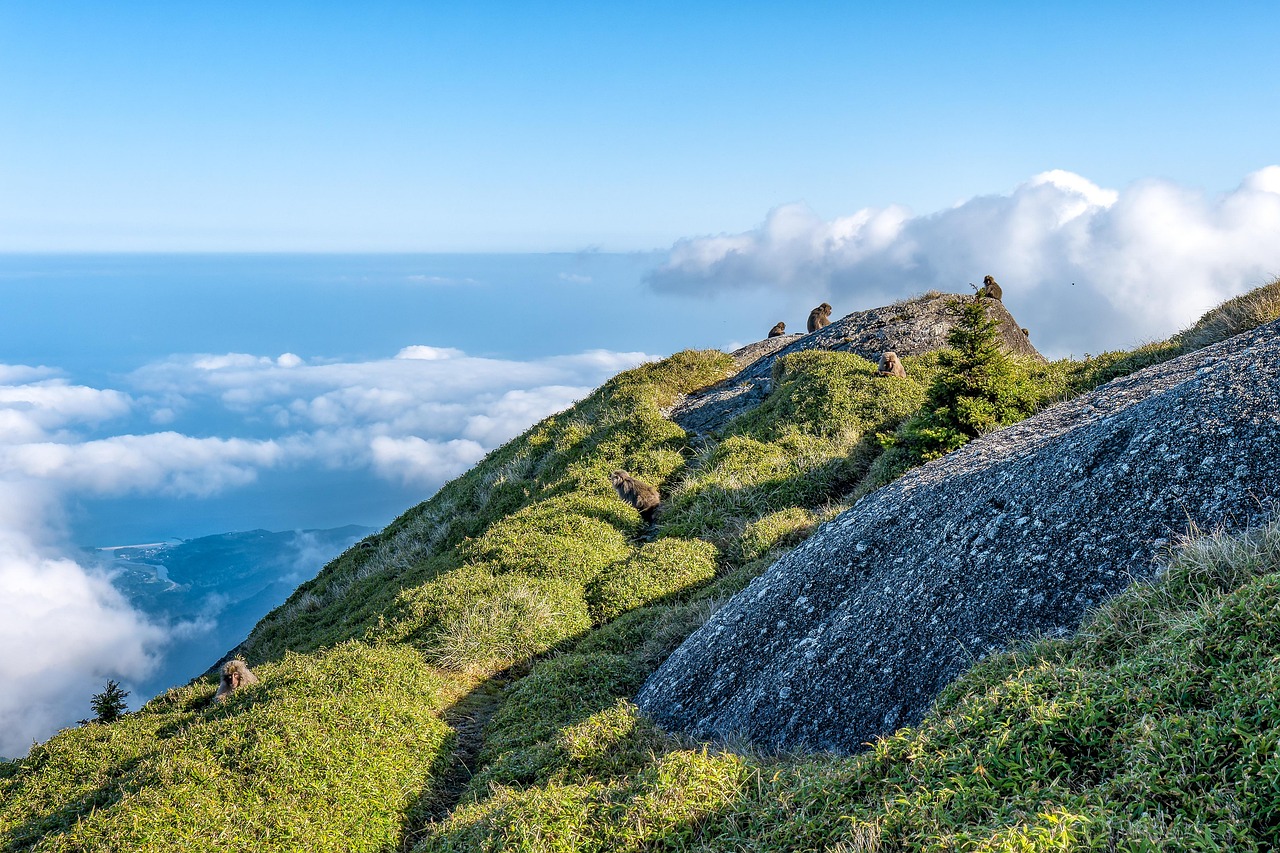The main difference between Alocasia and Colocasia lies in their leaf shape, growth habits, and environmental preferences. Alocasia features arrowhead-shaped leaves and typically grows upright, while Colocasia has broader, heart-shaped leaves and tends to spread out more. These differences affect their suitability for various gardening conditions.
Understanding Alocasia and Colocasia

Alocasia and Colocasia are two popular genera of tropical plants belonging to the family Araceae. Both are known for their striking foliage and are often used in landscaping and as houseplants. They thrive in warm, humid environments, but they have distinct characteristics that set them apart from each other. Understanding these differences is essential for anyone interested in cultivating either of these beautiful plants.
Alocasia is commonly referred to as the “elephant ear” due to the shape of its leaves. It includes species such as Alocasia amazonica and Alocasia zebrina. These plants are native to tropical regions of Asia and are known for their dramatic, often architecturally impressive leaves. Alocasia typically grows upright, giving it a more formal appearance in garden settings.
On the other hand, Colocasia is also known as “taro” and features species like Colocasia esculenta. This genus is native to Southeast Asia and is often cultivated for its edible corms. Colocasia plants have broad, heart-shaped leaves that tend to grow outwards, creating a more sprawling look. This growth habit can make them ideal for filling larger spaces in the garden.
Physical Characteristics
Both Alocasia and Colocasia are visually striking, but their physical traits differ significantly. Here are some key characteristics:
| Characteristic | Alocasia | Colocasia |
|---|---|---|
| Leaf Shape | Arrowhead or shield-like | Broad and heart-shaped |
| Growth Habit | Upright | Spreading |
| Height | Can reach up to 6 feet | Usually grows around 2-4 feet |
| Common Uses | Decorative landscaping, houseplants | Culinary uses, ornamental |
Growing Conditions
When it comes to growing conditions, both plants prefer similar environments but have some specific needs that can affect their growth. Alocasia thrives in bright, indirect light and prefers well-draining soil that retains moisture without becoming waterlogged. It enjoys high humidity levels and should be watered regularly to keep the soil consistently moist.
Colocasia also prefers warm temperatures and high humidity but can tolerate slightly more direct sunlight than Alocasia. It enjoys wet soil and can even grow in shallow water conditions. This makes it a popular choice for ponds or water gardens. However, it’s essential to ensure proper drainage to prevent root rot.
Common Species
There are several species within both genera that are popular among gardeners. Notable Alocasia species include:
- Alocasia amazonica: Known for its striking leaf patterns.
- Alocasia zebrina: Features zebra-like stems.
- Alocasia micholitziana: Recognized for its unique leaf shape.
In contrast, popular Colocasia species include:
- Colocasia esculenta: Commonly grown for its edible corms.
- Colocasia gigantea: Known for its massive leaves.
- Colocasia ‘Black Magic’: Features dark, dramatic foliage.
The differences between Alocasia and Colocasia can influence a gardener’s choice depending on aesthetic preferences or practical uses. Understanding these distinctions helps in making informed decisions about which plant is best suited for your environment.
Care and Maintenance of Alocasia and Colocasia
Understanding the care and maintenance requirements of Alocasia and Colocasia is crucial for successful growth. While both plants share similar tropical origins, their specific needs can differ significantly. Proper attention to water, light, soil, temperature, and fertilization will ensure these plants thrive in your home or garden.
Watering Needs
Watering is one of the most critical aspects of caring for both Alocasia and Colocasia. However, their water requirements vary:
- Alocasia: This plant prefers its soil to remain consistently moist but not soggy. Overwatering can lead to root rot. It is best to check the top inch of soil; if it feels dry, it’s time to water.
- Colocasia: Colocasia enjoys wetter conditions and can even tolerate standing water. It is essential to keep the soil moist at all times, especially during hot weather.
Light Requirements
The light exposure for these plants also differs, impacting their overall health:
- Alocasia: Prefers bright, indirect light. Too much direct sunlight can scorch its leaves, while too little light can hinder growth.
- Colocasia: More adaptable to varying light conditions, it can thrive in partial shade but appreciates some direct sunlight. However, too much sun can still damage the leaves.
Soil Preferences
The type of soil used for each plant plays an essential role in their growth. Here’s a breakdown:
- Alocasia: Requires well-draining soil that retains moisture. A mix of potting soil with perlite or orchid bark can provide the right balance.
- Colocasia: Thrives in rich, loamy soil that retains moisture. Adding compost can enhance its growth by improving nutrient availability.
Temperature and Humidity
Both Alocasia and Colocasia thrive in warm temperatures and high humidity levels. Here are some specifics:
- Alocasia: Prefers temperatures between 65°F and 80°F (18°C to 27°C). It benefits from high humidity, ideally above 60%. If grown indoors, misting or using a humidifier can help.
- Colocasia: Thrives in similar temperature ranges but can tolerate slightly higher humidity levels. It is more forgiving of lower humidity conditions compared to Alocasia.
Fertilization Practices
Nourishing your plants with the right type of fertilizer is necessary for healthy growth. Consider these recommendations:
- Alocasia: Fertilize during the growing season, typically spring through summer. A balanced liquid fertilizer diluted to half strength every 4-6 weeks works well.
- Colocasia: Likewise, fertilize during the growing season with a balanced fertilizer. Some gardeners prefer a slow-release fertilizer applied at the beginning of the growing season.
Pests and Diseases
Like many plants, Alocasia and Colocasia are susceptible to pests and diseases. Recognizing potential issues early can help prevent significant damage.
Pests
The common pests affecting these plants include:
- Spider Mites: Often found on the undersides of leaves, they thrive in dry conditions.
- Aphids: These small insects can cluster on new growth, causing leaf distortion.
- Mealybugs: These pests appear as white, cottony masses on the plant.
Disease Management
Diseases that may affect Alocasia and Colocasia include:
- <

Balls, Metal Balls, Marbles, Divergence, Discrepancy, Difference, Diverse, Diversity, Minority, Metal Balls, Metal Balls, Discrepancy, Discrepancy, Discrepancy, Discrepancy, Discrepancy, Difference, Difference, Difference, Difference, Difference, Diverse, Diversity, Diversity, Diversity, Minority, Minority strong>Root Rot: Usually caused by overwatering or poor drainage. Ensuring proper watering practices can prevent this issue.
- Leaf Spot: Fungal infections manifest as dark spots on leaves. Good air circulation and avoiding overhead watering can mitigate this problem.
Regular checks for pests and diseases can help maintain the health of your Alocasia and Colocasia plants. Taking prompt action when issues arise will promote robust growth and longevity.
Propagation Techniques for Alocasia and Colocasia
Propagation is an exciting way to expand your collection of Alocasia and Colocasia plants. Both can be propagated through various methods, including division, offsets, and stem cuttings. Understanding these techniques will help you successfully grow new plants from your existing ones.
Division Method
The most common method of propagation for both Alocasia and Colocasia is division. This technique involves separating the plant into smaller sections, each with its roots. Here’s how to do it:
- Timing: The best time to divide these plants is in spring when they are actively growing.
- Preparation: Water the plant a day before dividing to make the process easier.
- Remove the Plant: Carefully take the plant out of its pot, shaking off excess soil.
- Separate the Roots: Gently divide the rhizomes using a sharp, clean knife. Each section should have at least one leaf and a healthy root system.
- Replant: Plant each division in its pot with fresh potting soil, ensuring they are planted at the same depth as before.
Offsets Propagation
Offsets, or pups, are small plants that grow around the base of the main plant. This method is particularly effective for Colocasia:
- Identify Offsets: Look for small plants that develop at the base of the mother plant.
- Detach Offsets: Gently pull or cut the offsets away from the main plant, ensuring they have some roots attached.
- Potting: Place the offsets in their pots with suitable soil and water them lightly.
Stem Cuttings
While less common, some species of Alocasia can be propagated through stem cuttings. This method is not as reliable but can be attempted with care:
- Select a Healthy Stem: Choose a healthy stem with several leaves attached.
- Cutting: Use a sharp knife to take a cutting of about 6-8 inches long, making sure it has at least two nodes.
- Rooting Hormone: Dip the cut end in rooting hormone to encourage root growth.
- Planting: Place the cutting in a pot filled with moist potting mix, burying it up to the first node.
- Care: Cover the pot with a plastic bag or dome to maintain humidity until roots develop.
Common Uses of Alocasia and Colocasia
Both Alocasia and Colocasia are popular for their ornamental value and practical uses. Understanding their applications can help you decide where to place them in your garden or home.
Ornamental Uses
The striking foliage of both plants makes them popular choices for ornamental purposes. Here are some common uses:
- Landscaping: Alocasia is often used as a focal point in garden beds, while Colocasia can create lush, tropical borders.
- Container Gardening: Both plants thrive in pots, making them excellent choices for patios and balconies.
- Indoor Decor: Their dramatic leaves can enhance indoor spaces. Placing them near bright windows can showcase their beauty.
Culinary Uses
Colocasia, especially Colocasia esculenta, has significant culinary applications:
- Taro Root: The corms of Colocasia are edible and are a staple food in many cultures. They can be boiled, roasted, or made into flour.
- Culinary Ingredient: Taro is used in various dishes, including soups, desserts, and chips.
Cultural Significance
Both plants hold cultural importance in various regions:
- Tropical Aesthetics: In many tropical regions, both Alocasia and Colocasia are used to create lush landscapes that evoke a sense of paradise.
- Cultural Rituals: In some cultures, these plants symbolize prosperity and fertility. They may be included in traditional ceremonies or celebrations.
The diverse uses of Alocasia and Colocasia highlight their versatility and appeal in both gardens and kitchens. By understanding their propagation and applications, gardeners can make informed choices about how to incorporate these fascinating plants into their spaces.
Environmental Impact and Care Considerations
When incorpor


ating Alocasia and Colocasia into your gardening practices, it is essential to consider their environmental impact. Both plants are native to tropical regions and can thrive in urban and rural landscapes. However, understanding their ecological requirements can promote sustainable gardening practices.
Environmental Benefits
Alocasia and Colocasia provide several environmental benefits:
- Air Purification: Both plants can help improve indoor air quality by filtering pollutants and releasing oxygen, making them excellent choices for home environments.
- Biodiversity Support: By planting these species, gardeners contribute to biodiversity, providing habitats for various insects and small wildlife.
- Soil Health: Their large leaves can create a microenvironment that supports soil health by promoting moisture retention and preventing erosion.
Care Considerations
Caring for Alocasia and Colocasia responsibly involves understanding their needs and potential challenges:
- Invasive Species Awareness: While both plants can be grown in many areas, it is crucial to monitor their spread in non-native environments. Some species may become invasive if not managed appropriately.
- Water Usage: Given their preference for consistently moist soil, gardeners should be mindful of water usage, especially in drought-prone areas. Implementing efficient watering practices can conserve water.
- Pest Management: Integrated pest management strategies should be employed to minimize the use of harmful chemicals. Regular monitoring and natural pest control methods can effectively manage infestations.
Final Thoughts
Understanding the differences between Alocasia and Colocasia is vital for anyone looking to add these stunning plants to their collection. While they share similarities in appearance and tropical origins, they have distinct characteristics, care requirements, and uses that set them apart.
Both genera offer unique aesthetic contributions to gardens and homes. Alocasia, with its upright growth and striking leaf patterns, provides a sense of elegance. In contrast, Colocasia, known for its broad leaves, adds a lush, tropical feel. Their culinary uses further enhance their appeal, particularly in cultures that celebrate their edible corms.
Effective care practices ensure that both Alocasia and Colocasia thrive in your environment. By providing appropriate light, water, soil, and humidity conditions, gardeners can enjoy these plants throughout the growing season. Additionally, understanding propagation techniques allows enthusiasts to expand their collections sustainably.
Ultimately, whether you choose to cultivate Alocasia or Colocasia—or both—appreciating their beauty and functionality will enrich your gardening experience. With proper care and attention to their requirements, these plants can thrive, providing aesthetic value and contributing positively to the environment. Incorporating these unique species into your gardening practices can lead to a rewarding journey filled with lush greenery and vibrant foliage.
